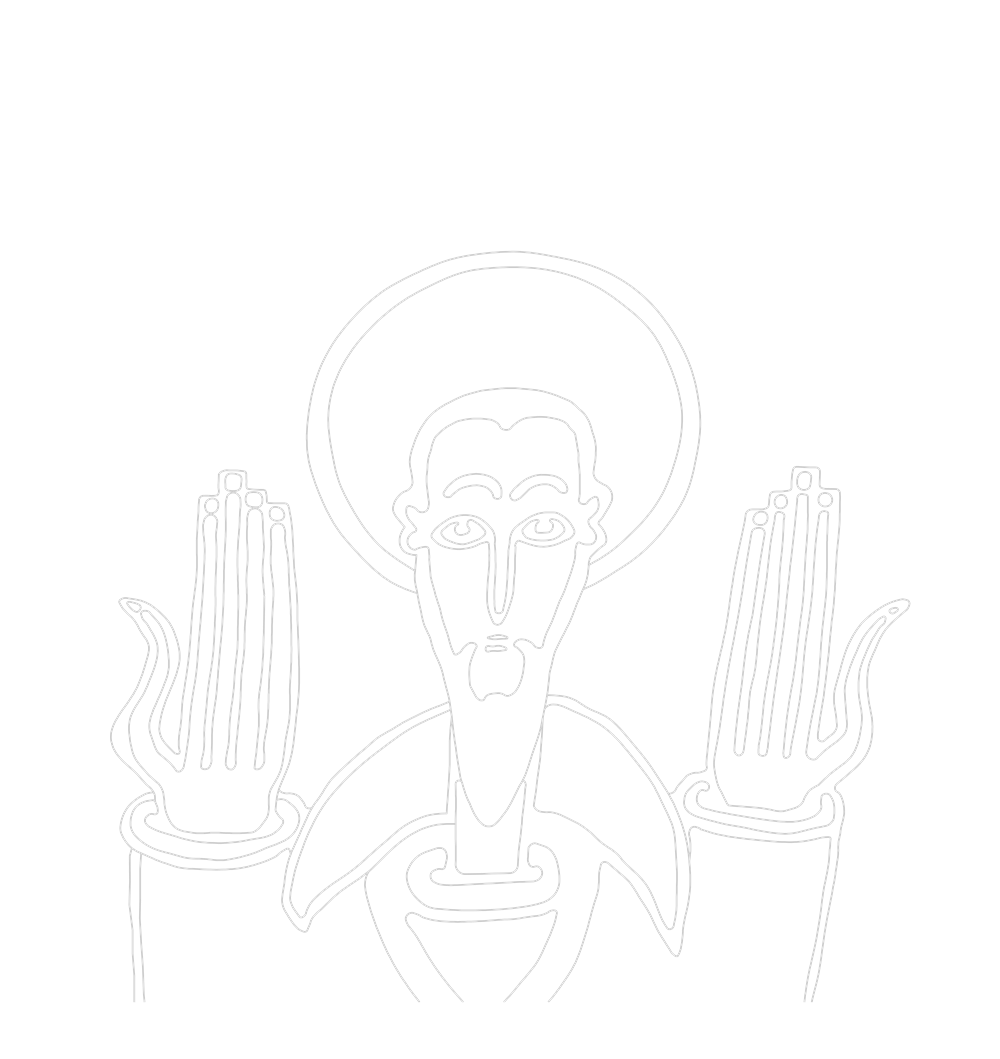Journey from Tajoora to Ankober.

Édition
Éditeur : Transactions of the Bombay Geographical Society
Lieu : Bombay
Année : 1844
Langue : anglais
Références
Réf. Biblethiophile : -
Réf. UGS : 0184105
Première entrée : 1841
Sortie définitive : 1842
COLLATION :
absent de la collection biblethiophile.
En savoir plus
L’Assistant Surgeon Rupert Kirk prend part à l’Ambassade britannique envoyée au Choa sous la direction du capitaine William Cornwallis Harris. Il ne se chargera pas seulement de soigner mais procédera également à des mesures astronomiques et magnétiques. Paru à Bombay en 1844, son journal est d’une précision bienvenue. Il faut préciser que le récit de Harris est loin de s’attacher aux faits et gestes chronologiques de la mission.
Kirk consigne le départ de l’ambassade d’Aden au 15 mai 1841 et son débarquement à Tadjourah le 17 mai 1841[1]. Les cent cinquante chameaux ne suffisant pas à charger tous les bagages, le solde est laissé sur place avec une partie de l’équipe[2]. Un premier groupe composé de Harris, Graham, Kirk, Barker et Roth, escorté de dix soldats européens d’Aden, se met en route le 30 mai.
Le récit de la traversée de l’Hawash, le 10 juillet, jusqu’au départ de Fārrē pour Aləyyu Amba, le 17 du même mois, a été repris par Harris. Dans le cadre de notre recherche de la tombe d’Airston, un retour au témoignage de Kirk s’impose :
July 17th.— Started for Alioamba escorted by a party of 300 Abyssinia matchlockmen, the baggage being carried by porters, the road being too mountainous for camels. We passed over a low point to the southward of Farri, and then along a valley winding to the southwest, passing for some distance along the precipitous edge of the hill, and then descending into the bed of a fine mountain torrent, the appearance of the country becoming most verdant, and very extensively cultivated — villages being perched on most of the small peaked hills. At the fifth mile, we passed through a gorge in the range near Goncho, having to the eastward a steep precipitous hill, with Aigibba on its summit — the first Christian village, and the spot where the late Mr Airston is buried. We then entered the triangular space immediately below Ankober, bounded to the north by the spur projecting from the lofty peak of Emumaret to the south by a range commencing at the projecting peak of Losa, the base between these points being about 10 miles. The road winding to the south-west passes over a mountainous tract, through narrow vallies and over successive ranges of hills, crossing the beds of two mountain streams; the country highly cultivated, each rounded hill being crowned with a small cluster of cottages, the vegetation most luxuriant, and approaching in character to that of Europe.
After a delightful march of 13 miles we reached Alioamba, […][3].
Le journal de Kirk prend fin à la date du 17 juillet 1841. Le trajet d’Aləyyu Amba à Ankober est succinctement abordé.
La première des annexes jointes au journal confirme l’arrivée de l’ambassade à Ankober le 4 août. La deuxième annexe liste les observations astronomiques du lieutenant Barker entre Tadjoura et Ankober. Malheureusement, Barker semble avoir été trop occupé avec le transbordement car aucune mesure ne figure entre le 9 juillet et le 8 août. La troisième annexe contient les observations barométriques et thermiques de Kirk pour déterminer les altitudes des stations. La répartition des tributs sur l’itinéraire selon Mohamed Ali occupe la quatrième annexe. Kirk détermine la longitude d’Ankober dans la cinquième annexe. La suivante est du même auteur sur la variation magnétique à Ankober.
L’article se termine par un texte de Kirk intitulé « Account of Djebel Teer ».
Biblethiophile, 12.10.2025
[1] KIRK (R[upert]), “Journey from Tajoora to Ankober”, Transactions of the Bombay Geographical Society, from September 1841 to may 1844, vol 1, Bombay, 1844, pp. 317-367.
[2] Ibid., p. 320.
[3] Ibid., p. 348.